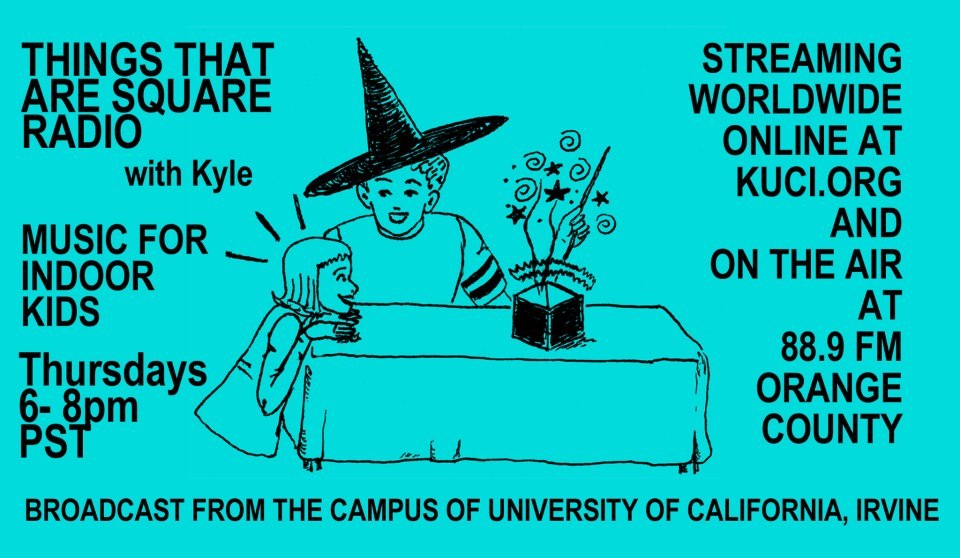Genre Research Project 97/1361: Caribbean Music
Caribbean music genres are diverse. They are each syntheses of African, European, Indian and Indigenous influences, largely created by descendants of African slaves (see Afro-Caribbean music), along with contributions from other communities (such as Indo-Caribbean music). Some of the styles to gain wide popularity outside of the Caribbean include bouyon, cadence-lypso, calypso, compas, Jing ping, punta, reggae, reggaeton, soca, and zouk. Caribbean is also related to Central American and South American music.
The complex deep origins of Caribbean music are best understood if you have knowledge of Western Hemisphere colonial immigration patterns, human trafficking patterns, the resulting melting pot of people each of its nations & territories, and thus resulting influx of original musical influences. Colonial Caribbean ancestors were predominately from West Africa, West Europe, and India. Twentieth and 21st century immigrants have also come from Taiwan, China, and the Middle East. In addition, neighboring Latin American and North American (particularly hip hop and pop music) countries have naturally influenced Caribbean culture and vice versa. One must understand these influences to have a deep understanding of the resulting Caribbean music that reflects the culture of the people. Although there are musical commonalities among Caribbean nations and territories, the variation in immigration patterns and colonial hegemony tend to parallel the variations in musical influence. Language barriers (Spanish, English, French, and Dutch) are one of the strongest influences.
The divisions between Caribbean music genres are not always well-defined, because many of these genres share common relations and have influenced each other in many ways and directions. For example, the Jamaican mento style has a long history of conflation with Trinidadian calypso. Elements of calypso have come to be used in mento, and vice versa, while their origins lie in the Afro-Caribbean culture, each uniquely characterized by influences from the Shango and Shouters religions of Trinidad and the Kumina spiritual tradition of Jamaica.


0 Comments:
Post a Comment
Subscribe to Post Comments [Atom]
<< Home